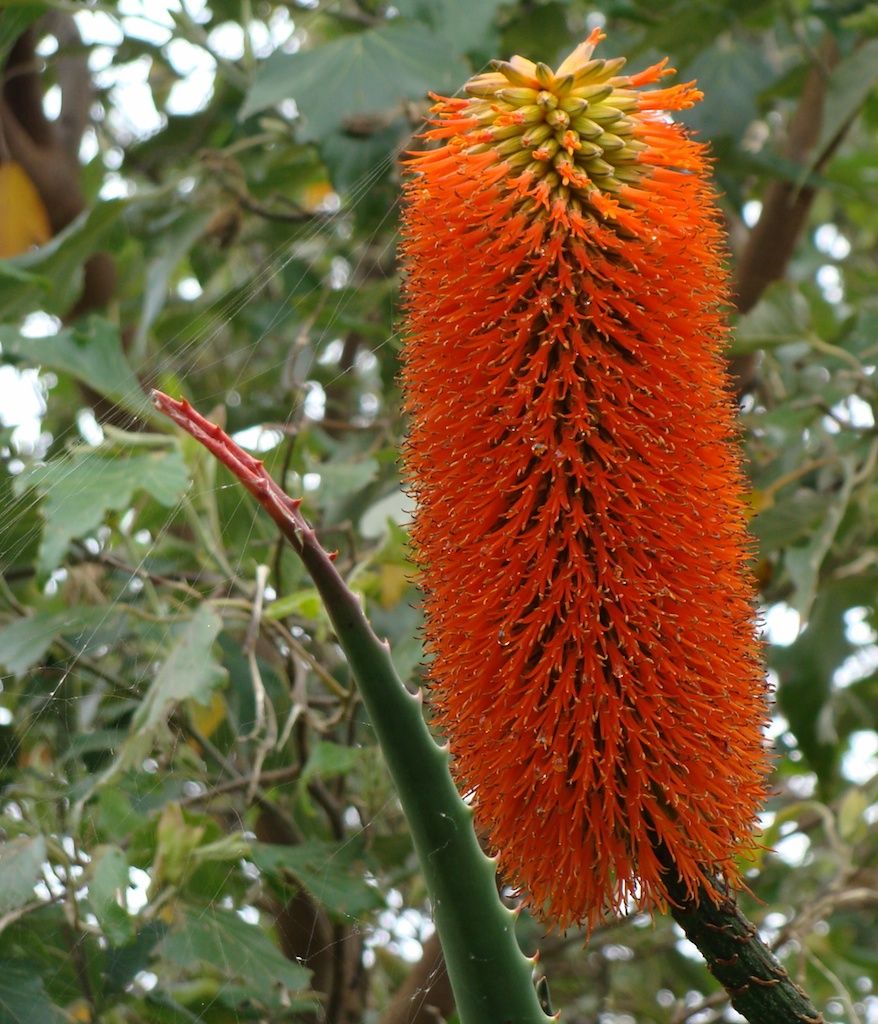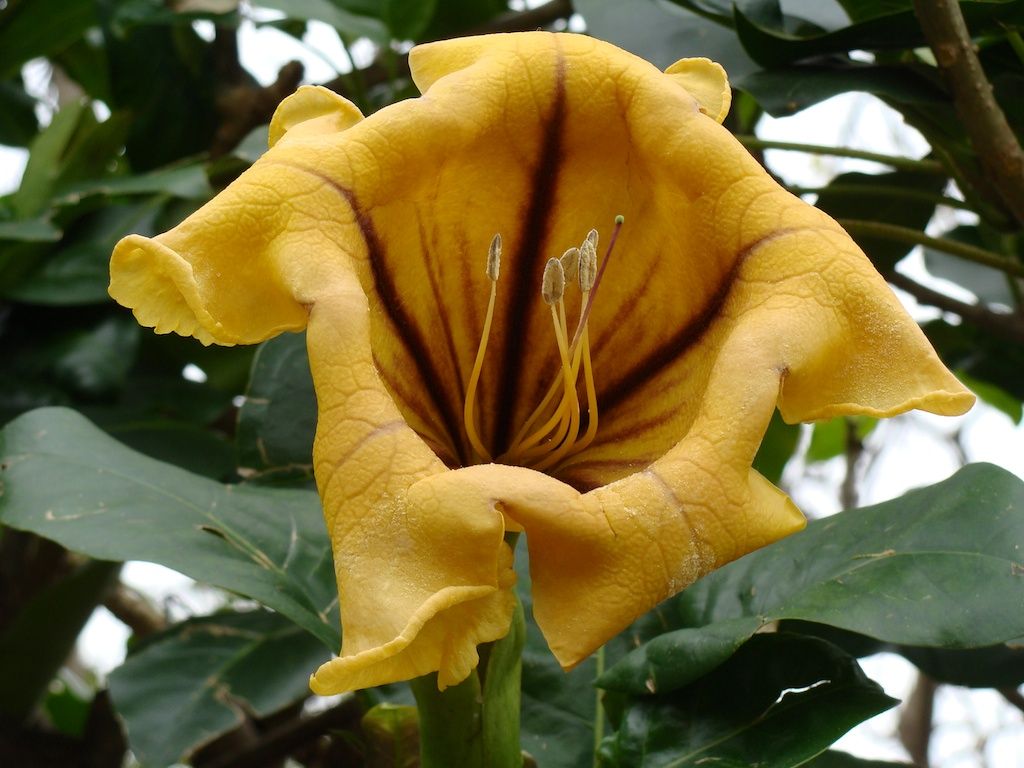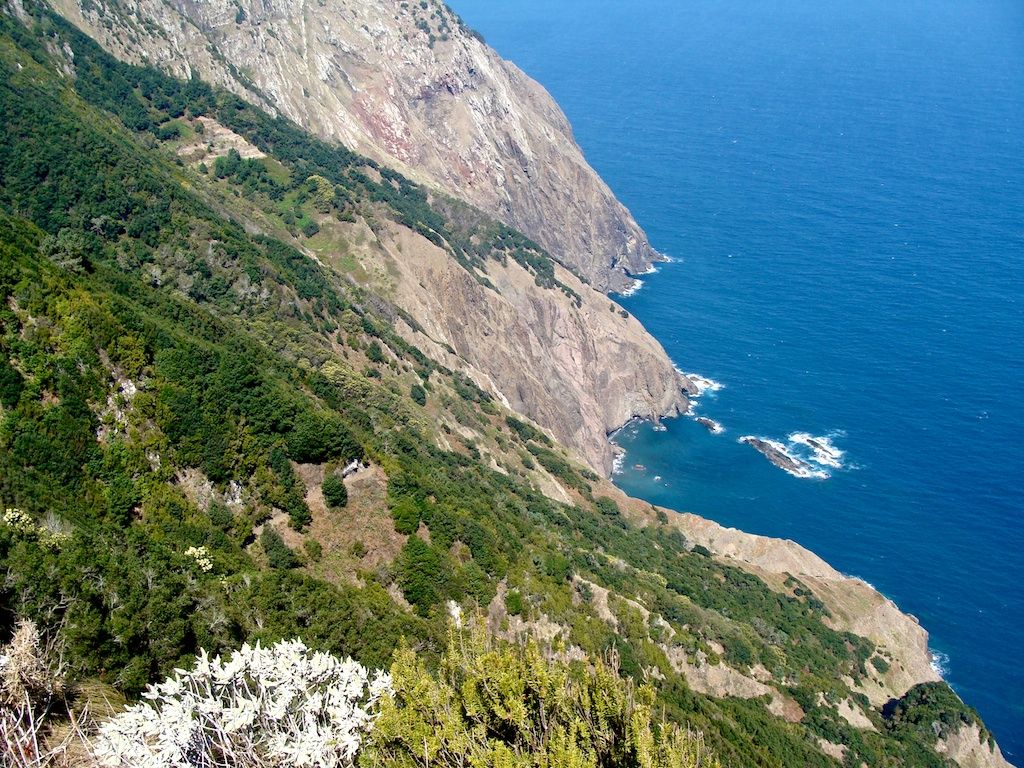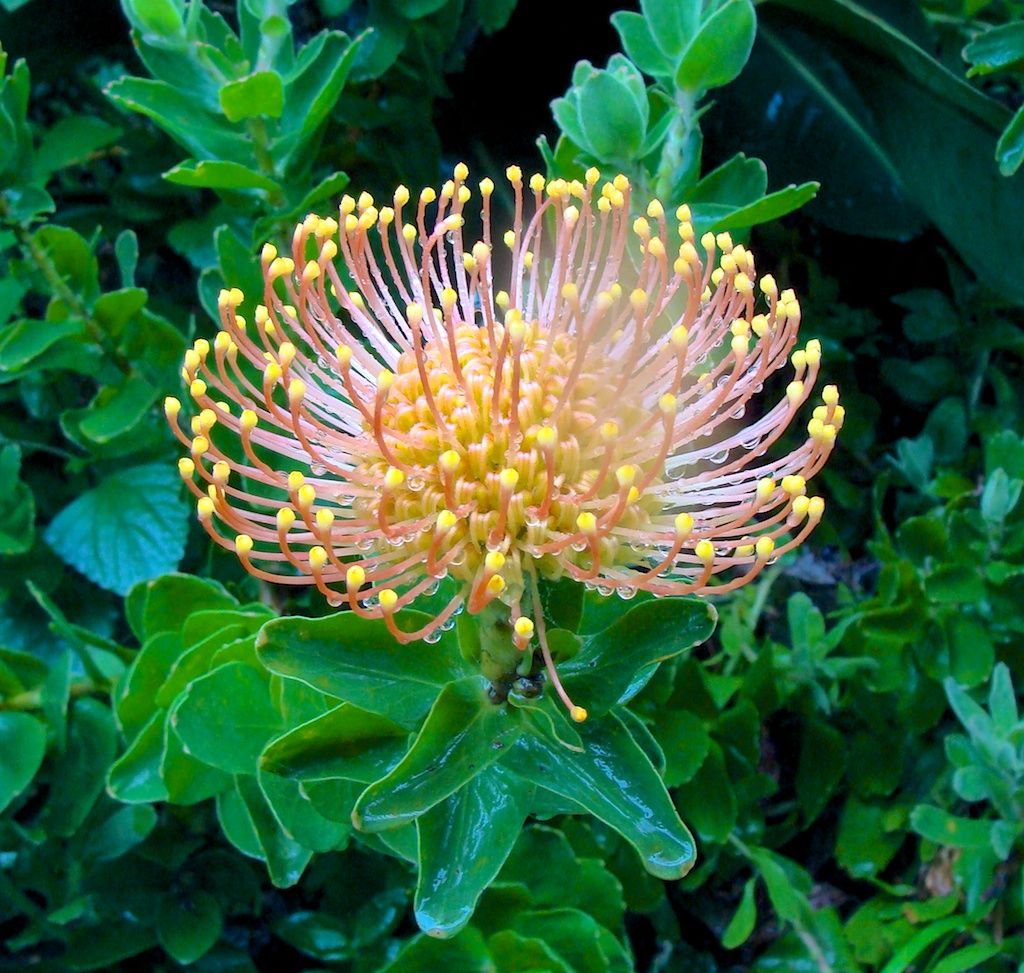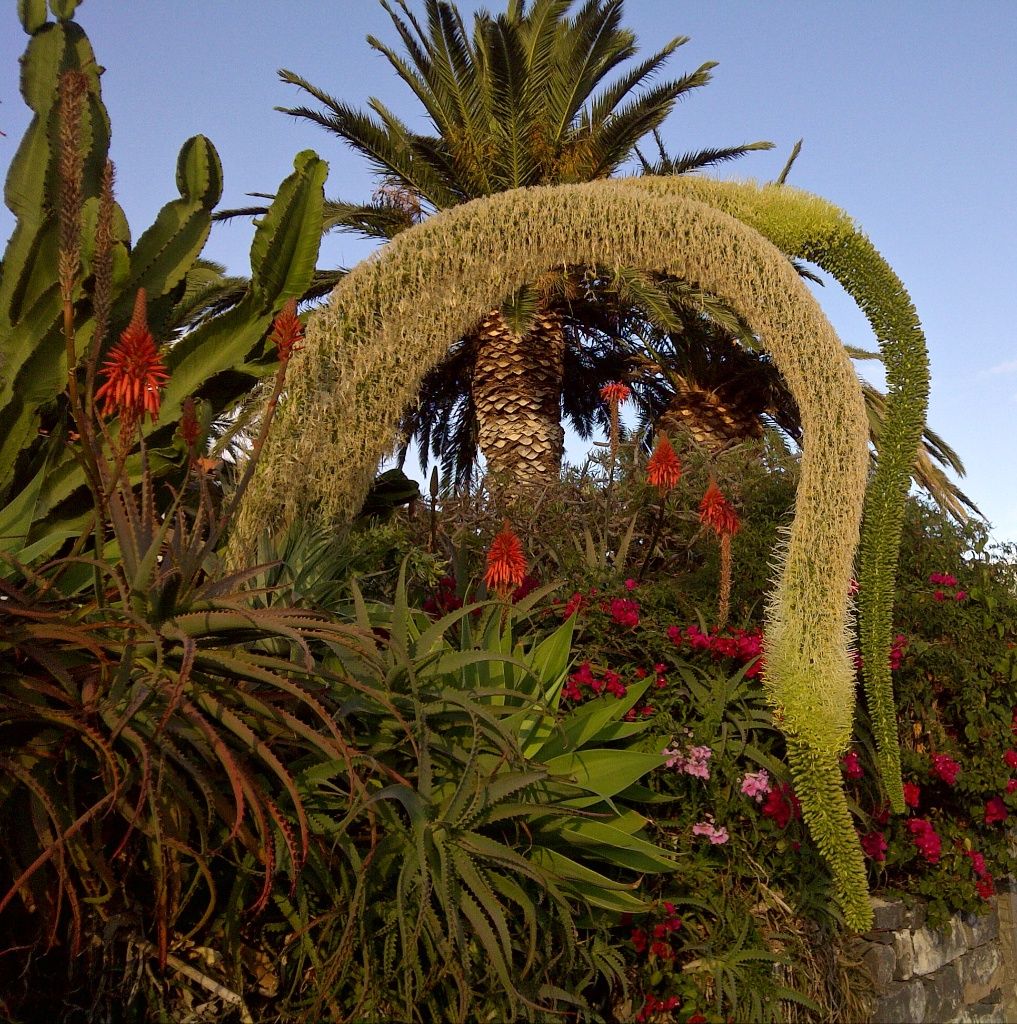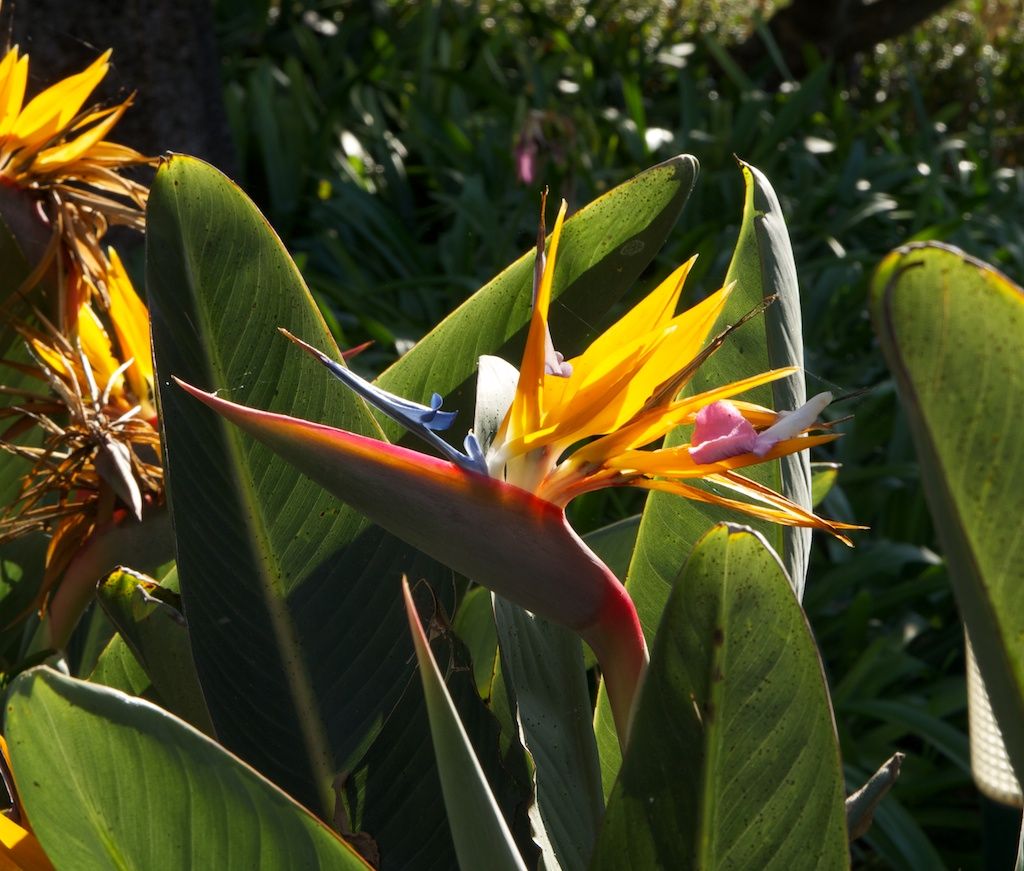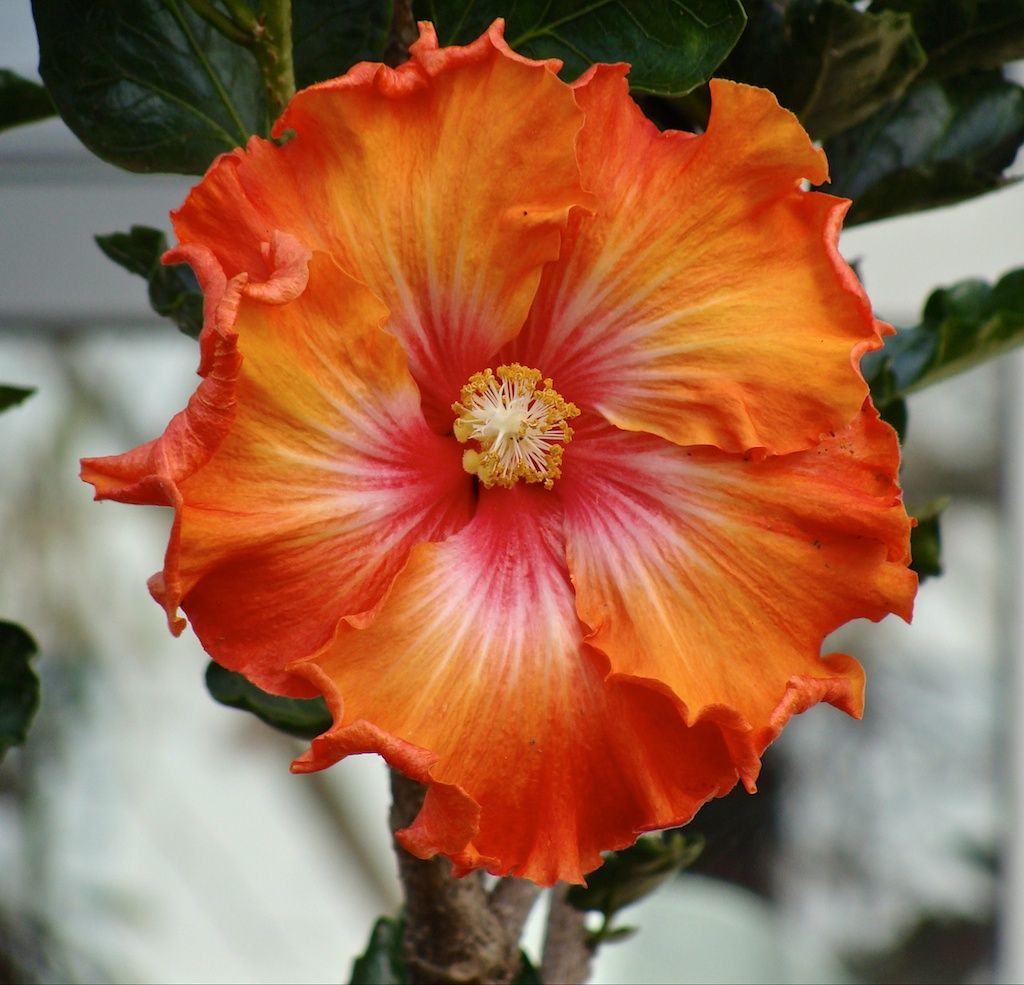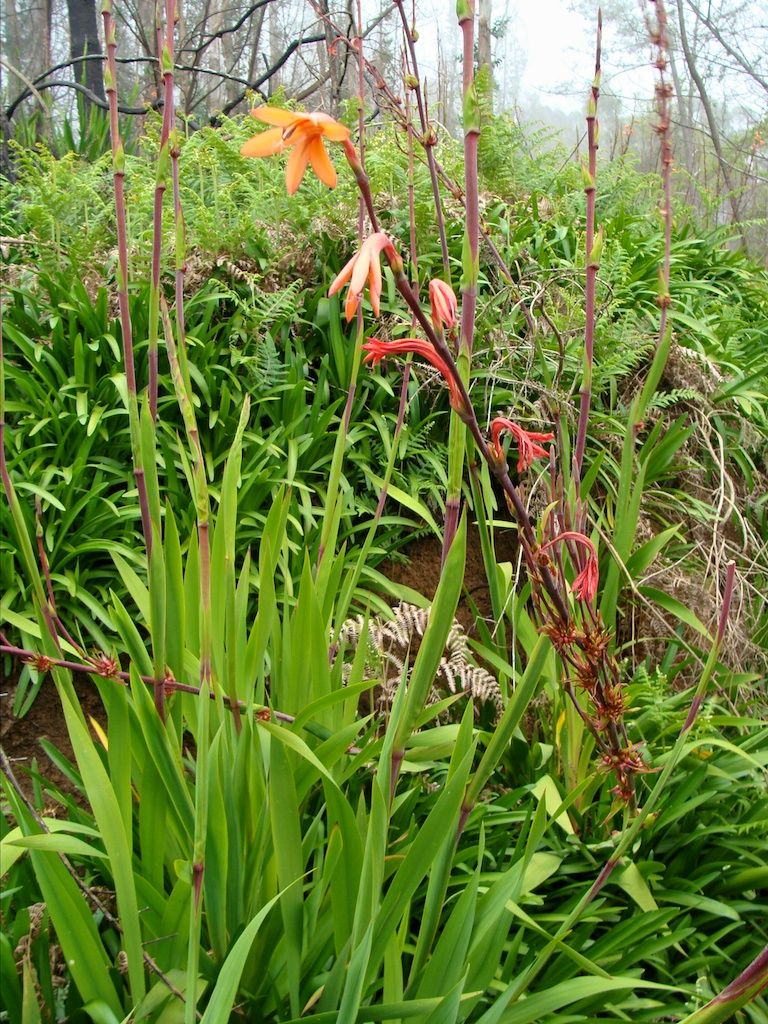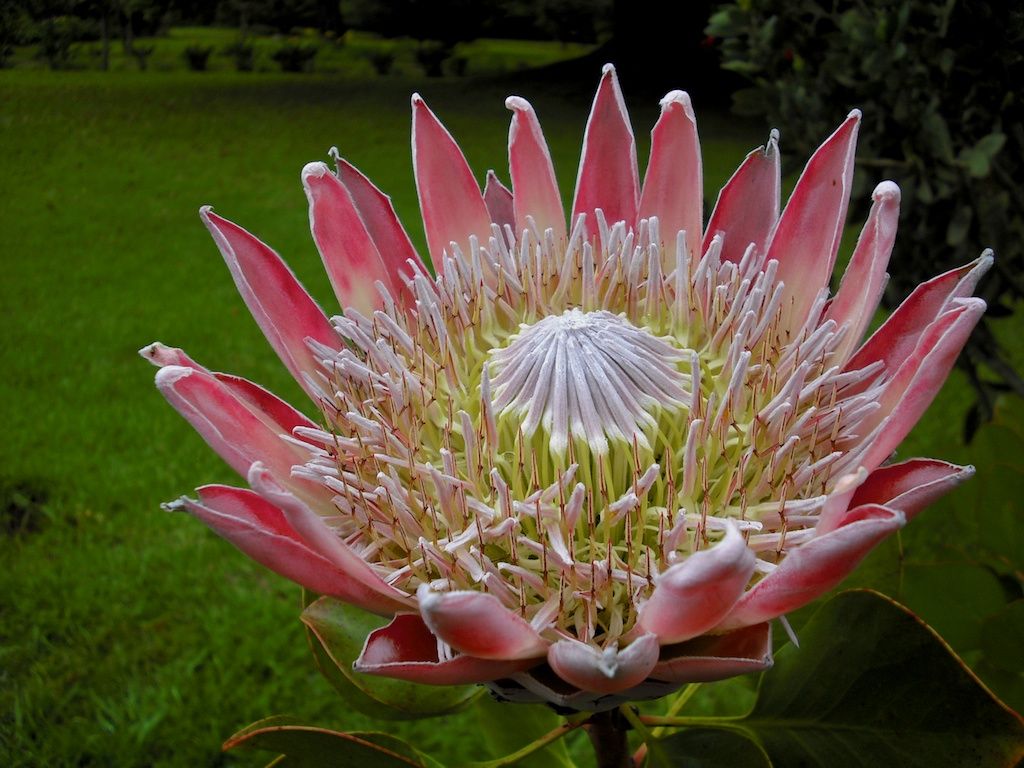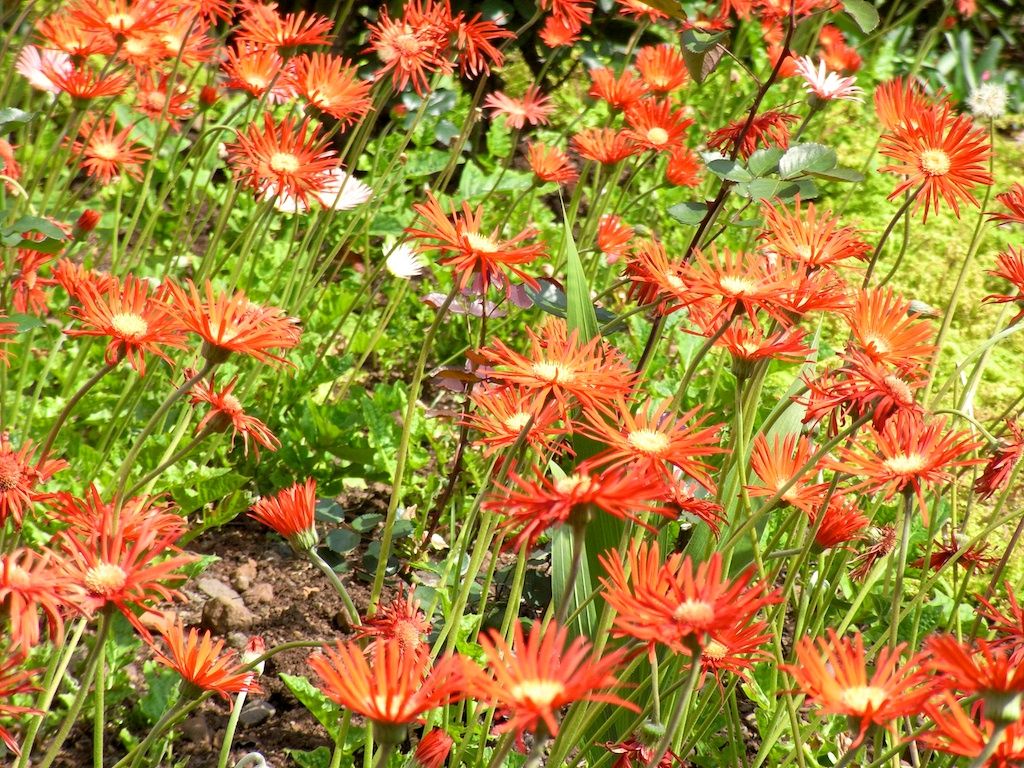Flora
The change from the forest (Madeira means wood) to the flower island took place in the 18th century. Merchants and aristocrats brought attractive tropical, subtropical and exotic plants to England to decorate orangeries, gardens and parks. Madeira served as a stopover on the way to England to acclimatize the plants. That's why every Madeira species is found in the Botanical Garden in Funchal.
From South Africa came the "bird of paradise, protea, aloe, agapanthus, torch lily and calla lily, in Japan camellia, hydrangea, privet and orchids were shipped, from China hibiscus, jasmine and firethorn brought. Jacaranda and coral tree were imports from Brazil, from Australia flame trees and wattle arrived, from Mexico agave, dahlia, zinnia and poinsettia plants. Among the garden owners a "competition" developed and the one that brought something to bloom in every season was reputable.
Nature is Madeira's most precious treasure. As a hiker or by bike you can explore the different vegetation zones.
THE FLORA OF THE COASTAL ZONE
The coastal vegetation inhabits the area up to about 300m altitude. The Dragon Tree (Dracaena draco) is one of the most prominent representatives of the Macaronesian flora. Many species of spurge can be found, such as the up to 2-meter-high fish-stunning spurge plant. In the rock regions are rare crassula plants, partly only here resident, to find. Essentially, it is the disc houseleek, which has specialized on vertical rock walls. It is noticeable by its 20-30cm flat leaf rosette. An offshoot of this is the viscid houseleek growing in shrubs, also often found.
Among the native (endemic) plants, the daisy family are very widespread, including everlastings, thistles and the chrysantheum. Where the forest was cleared, terraced fields were planted to grow bananas, citrus fruits or wine. Fruits and vegetables became important export articles for Madeira.
In order to prevent the erosion that was a consequence of the deforestation of the forests, Australia introduced the blue gum tree. This grows quickly and anchors in the ground. Unfortunately, the blue gum tree has become a plague, especially on the south side of the island. It pulls the water out of the ground through its root system and thus gives other plants no chance to survive.
THE Laurel FOREST (LAURISILVA)
The transition zone to the laurel forest, from an altitude of 300m to 800m, still has remnants of the original forests of Madeira. Their representatives already include trees that we can also find in the laurel forest - the wax myrtle, the first representatives of the canary laurel and the canary willow. Due to the fog, the forests are very humid. Among the characteristic tree species in the Laurisilva Forest are the Azorean or Canary Laurel, the Canary Holly, the Tree Heather, the Madeira Elder and the Madeira mahagany. In the undergrowth of the laurel forest grow mainly ferns and mosses.
MADEIRA'S HEATHer FOREST ...
... is the transition zone between the laurel forest and the high mountains. Above the laurel forests prevail in the high altitudes harsh climatic conditions. Dominant here are the tree heather and the besom heath. All plants occurring here are often up to four meters high, but also remain bushy low in some places. The Madeira blueberry, which can grow up to six meters high, is often found here.
THE FLORA OF THE HIGH MOUNTAIN
The high mountains are characterized by sparse, stony and very thin soils. In addition to the Madeira blueberry and tree heath we also find the Madeira mountain ash, the pine and the Canary cedar in sheltered areas. Also some endemic plants grow here, e.g. Madeira thrift, who looks like a rose. However, she has no spikes. The best known plant is the pride of Madeira. The Madeira bell-heather has adapted to the high mountain conditions. On the high plateau Paul da Serra, deforestation has led to almost exclusively grasses, ferns and gorses being seen here. Newer afforestations should again lead to a forestation.
Fauna
In the Atlantic around Madeira there are deep-sea fish such as the scabbardfish (Espada), the redfish or the haddock. Parrot fish, bream, barbel or sardines can be admired while diving. Tuna, whales, dolphins and monk seals can be seen with some luck while whale watching. The only reptile species is the small wall lizard.
Many of the 700 species of insects in Madeira are endemic. A special feature is found only on the uninhabited Ilhas Desertas: a tarantula of about 4.5 cm in length.
Did you know?
Monte
This small, romantic village, located about 6 km from the city center in the hills of Funchal, was once the in-resort for Europe's 'high society'. One of its most famous attractions was a cogwheel railway that once connected Monte with Funchal. Remains of this railway, especially the old railway station at the foot of the mountain, can still be seen today.
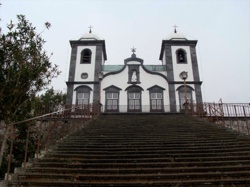
Karl I, the last Austrian emperor, found exile on the island of Madeira after he was deposed during the First World War. He and his family found their new home in Quinta do Monte, but only six months later, the ex-emperor died of pneumonia. His grave can be found in the famous pilgrimage church 'Nossa Senhora do Monte', which can be reached by an impressive staircase with 68 steps.
One of the most traditional festivals, and certainly the largest church festival in Madeira, is the folk festival on the day of the 'Assumption of Mary', which always begins on the eve of the 15th of August. An incredible number of locals attend a procession in honor of the Virgin Mary every year.


